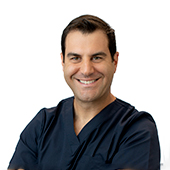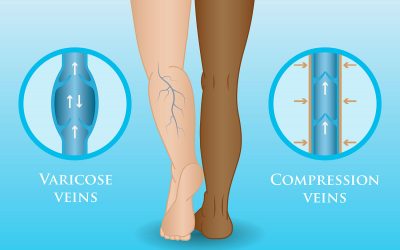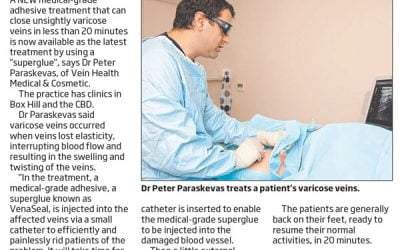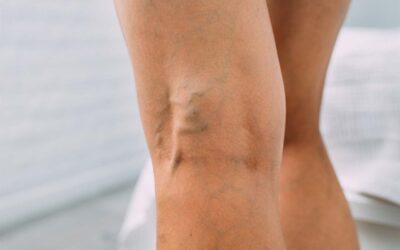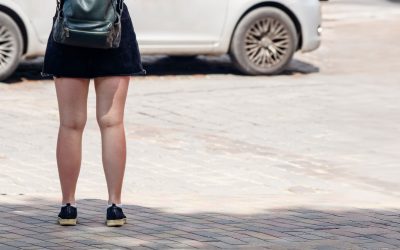Varicose veins, often viewed as a cosmetic concern, can have more profound health implications if left untreated. We know from our experience that varicose veins may lead to irreversible skin changes and even ulceration, which is why seeking appropriate assessment and treatment is crucial. However, patients are often curious as to the best time to have their vein treatments, particularly as there can be follow-up treatments and also reviews of progress for up to 6 months.
When is the best time to embark on this journey towards healthier veins?
Dr Paraskevas of Vein Health Medical Clinic suggests that the cooler months, from Autumn through Winter and into Spring, offer an ideal window of opportunity for your vein treatments. Let’s delve into why.
Wearing Compression Stockings:
It’s essential to understand that compression stockings are a vital part of your post-treatment care, regardless of whether you’re dealing with varicose veins or spider veins. A lot of people don’t realise that compression stockings are absolutely necessary following any vein treatment, even the treatment of spider veins. These stockings provide much-needed compression, support, and relief following a vein procedure. In many cases the stockings need to be worn for at least 2 weeks with the less severe cases needing 1 week.
Thankfully, modern day graduated compression stockings are not the thin, white stockings you get from a hospital visit but very comfortable and supportive black or tan coloured cotton stockings that look and feel great. However, the thought of wearing stockings during hot summer days might not sound appealing.
They are definitely easier and more comfortable to wear during the cooler months, and are easily worn under longer pants and skirts. This makes making winter and spring the best time to have your vein treatments. It ensures your comfort and support throughout your recovery, without any hot weather discomfort
Allow Time to Complete Your Treatment Course:
For many patients dealing with varicose veins or spider veins, achieving the desired results often involves multiple treatments spread over 2-3 months. This not only allows the treated veins to settle but also provides our doctors an opportunity to refine the treatment of residual veins. Dr. Paraskevas suggests having your varicose vein treatment in Autumn, Winter, or Spring to ensure that your treatment course is completed before the summer months begin.
However, we understand that life can be unpredictable, and sometimes treatments must be delayed. Of course we offer flexibility and if necessary altered treatment courses for patients whose treatment plan might be disrupted due to travel or personal circumstances. We want everyone to benefit from expert care.
Ample time to allow for healing:
Getting in early for your vein treatment gives your enough time to allow your legs to heal in time for Summer.
Whether it’s Endovenous Laser Ablation or Sclerotherapy of Superficial Veins, these treatments might bring about some expected side effects like discoloration, mild bruising, redness, and swelling. While these effects are temporary and signs that the treatment is working, they need time to resolve. Having your treatment in the cooler months also allows you to conceal these post-treatment changes and ensures that your legs are at their confident best when summer arrives.
Key Takeaways
- Varicose veins, often considered cosmetic, can have significant health implications, making timely treatment important.
- Wearing compression stockings post-treatment is essential, especially during recovery. Cooler months are more comfortable for this.
- Completing multiple treatment sessions is often necessary, making Autumn, Winter, and Spring ideal to ensure treatment is done before summer.
- Allowing time for healing is crucial; treatment may cause temporary side effects that are easier to conceal during cooler months.


